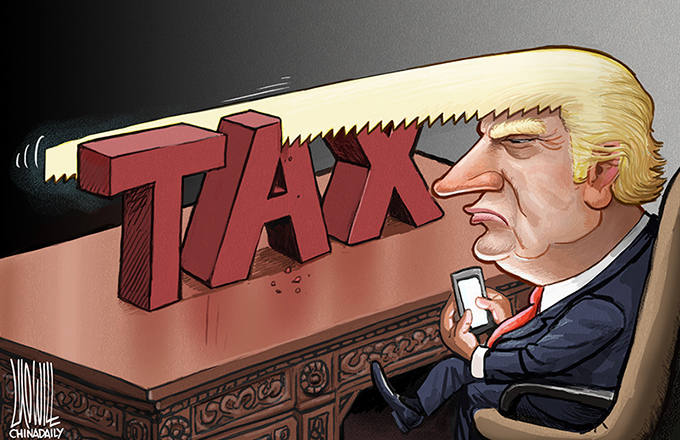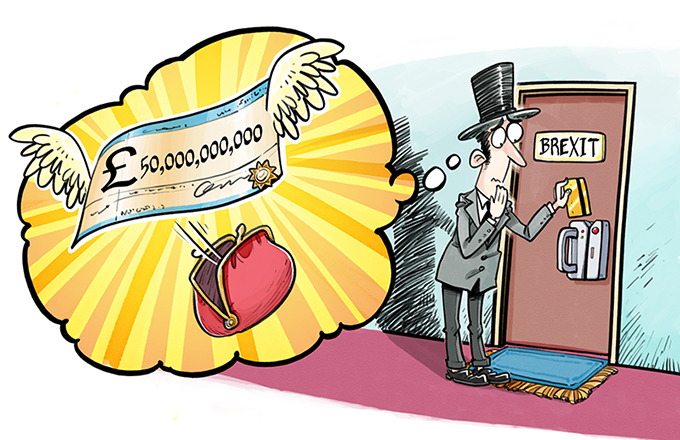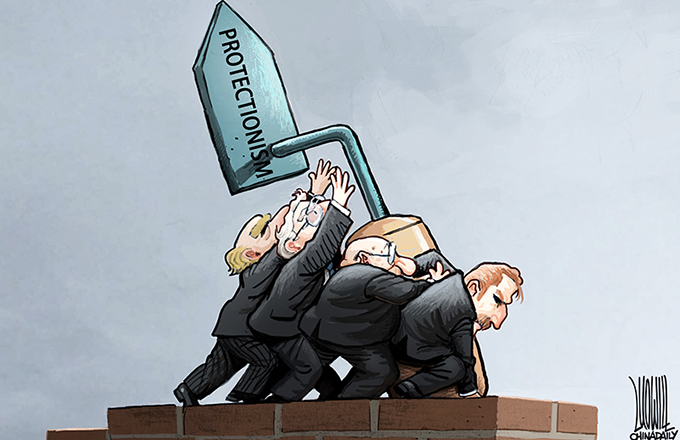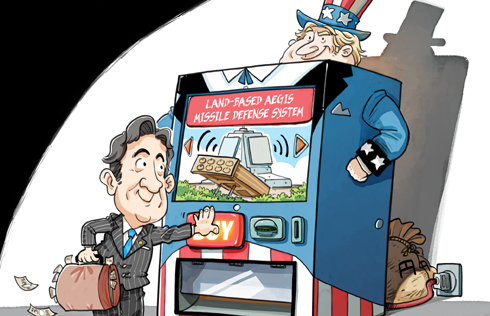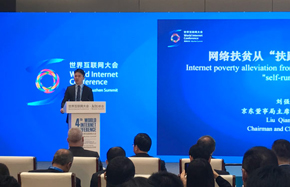Stable and healthy growth
Policymakers have become more pragmatic as they deal with the challenge of keeping the Chinese economy stable and healthy at a time of slowing growth.
Such a mentality is visible in their refusal to launch large-scale stimulus measures, as urged by the financial markets after China's GDP growth fell to 7.5 percent year-on-year in the second quarter.
It is also clearly reflected in the official comments released after a political bureau meeting chaired by President Xi Jinping on Tuesday, which reaffirmed the existing policy stances while allowing for policy fine-tuning at the right time.
The meeting vowed to "promote the stable and healthy development of the real estate market", this deviated from last year's "keeping the policy of real estate market regulation unchanged", triggering market speculation that the regulations introduced to take some of the heat out of the real estate market could be relaxed.
The possibility of any relaxation, however, is very slim because of the shocks a bursting property bubble would have on the economy. It is possible that policymakers remain divided as to how to effectively tame the rising home prices without forcing the overall economy to a halt, and therefore they have opted to play safe.
After three decades of breakneck growth, the Chinese economy has come to a stage where there is a need to restructure the economy away from its dependence on exports and manufacturing to one bolstered by consumption and services, which requires careful handling to keep it rolling in a stable manner.
On the one hand, the economic growth rate is declining; on the other hand, the urgently needed restructuring and reform are a drag on growth - at least in the short term. Complicating the scenario further is the danger of excessive stimulus exacerbating asset bubbles.
Given the delicacy of the situation, any failure to keep a balance between reforming the growth pattern and revitalizing the growth potential could lead to disaster.
The lack of any new policy announcements at Tuesday's meeting is a sign that instead of making a knee-jerk reaction, policymakers would rather take time to reach a consensus on an economic agenda and carefully work out the details of policy implementation.
Such pragmatism and caution are necessary because more haste could lead to less speed.


